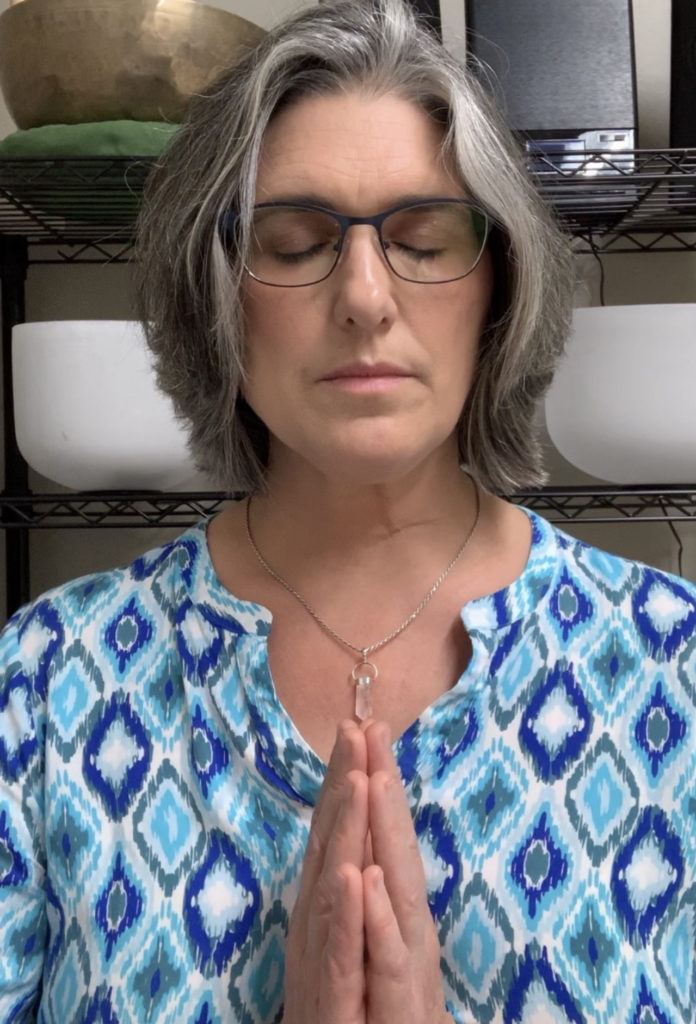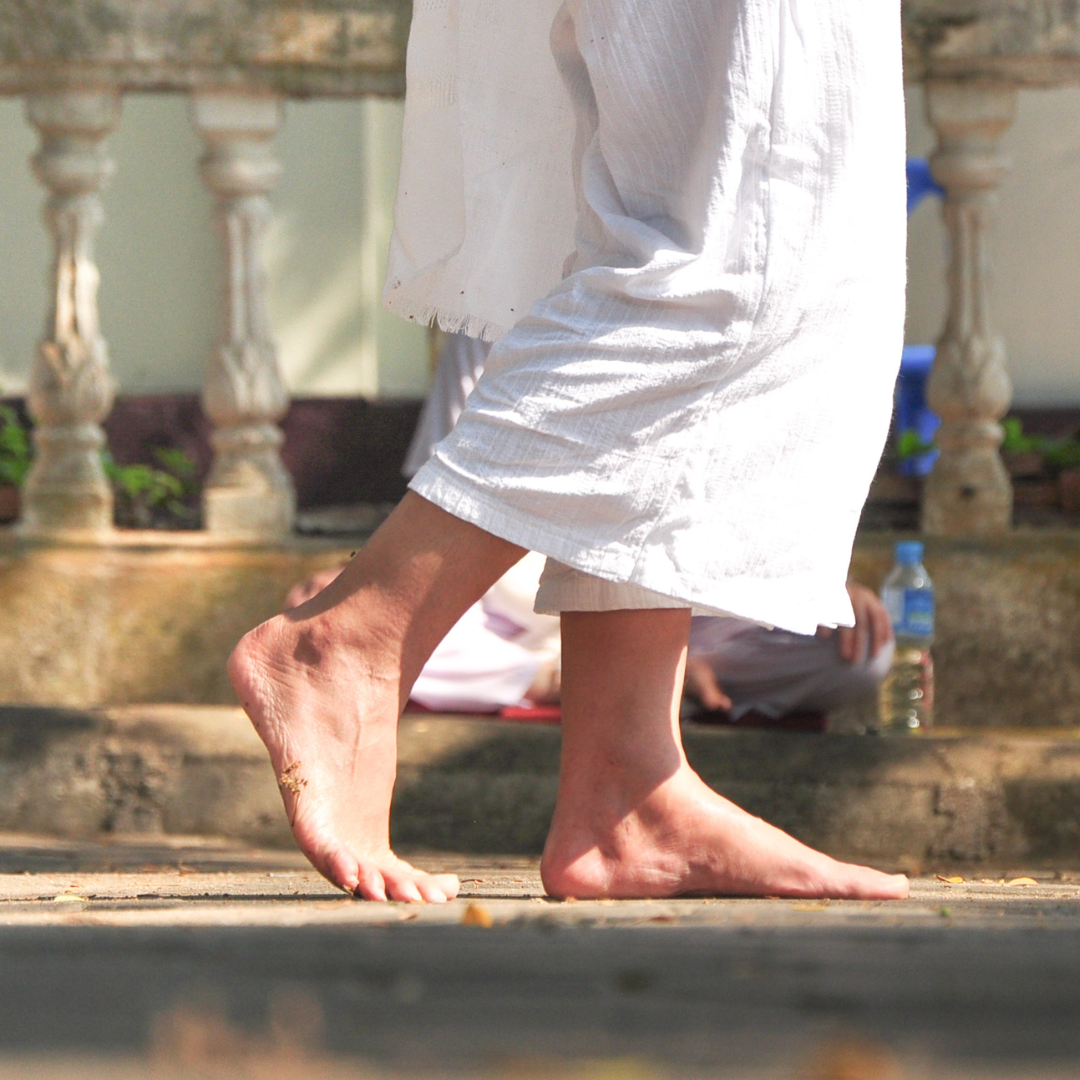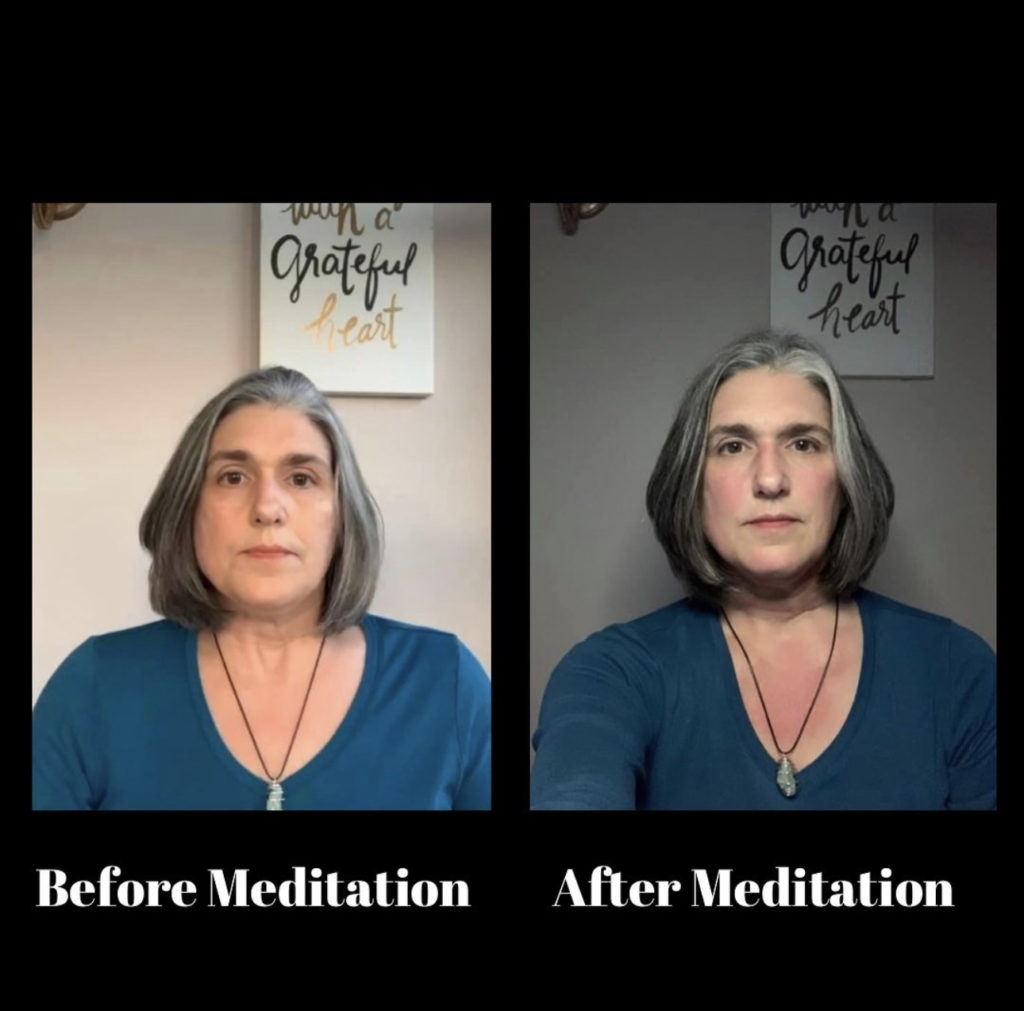
Meditation is considered a mind-body exercise. Once primarily used as a tool to deepen the connection with a higher power and understand the mystery of life, it is now often viewed as a tool for relaxation or stress reduction. This means that meditation practice is often offered in spaces where alternative and complementary therapy can be found.
Meditation can indeed be used to produce a state of deep relaxation. Achieving this state has physical and emotional benefits which can include:
- Gaining a new perspective on stressful situations
- Building skills to manage stress
- Increasing self-awareness
- Focusing on the present
- Reducing negative emotions
- Increasing imagination and creativity
- Increasing patience and tolerance
From a medical perspective, research suggests meditation can help manage symptoms of a number of concerns. These include:
- Anxiety
- Asthma
- Cancer
- Chronic pain
- Depression
- High blood pressure
- Heart disease
- Irritable bowel syndrome
- Sleep problems
- Tension headaches
While meditation can support you in these ways, it is not a replacement for medical care. Meditation can also worsen symptoms of some health conditions. It is important to talk to your doctor if you have concerns.
Types of Meditation
Meditation is not a “one type fits all” endeavor. Just as there are many forms of spiritual traditions, there are many forms of meditations.
One popular form of meditation is mantra meditation, in which you concentrate on a word or phrase in your mind or speaking it out loud. Your mantra may be repeated audibly or silently, depending on the practice. Two proprietary forms of mantra meditation are transcendental and primordial sound meditation. In both of these forms, the teacher provides the student with an individual phrase or word selected in a particular manner which becomes their personal mantra for practice. If you desire to use mantra meditation outside of these two practices, a commonly used mantra is the infinite sound of OM. You can select a word or phrase that connects you to your higher power or is particularly centering to you.

Trataka is another form of meditation during which focus is key. Trataka is also known as candle gazing. In a candle gazing meditation, your focus is on the flame of a candle. To prepare, place a candle at eye level. Darken the room and light the candle. Sit comfortably in front of the candle at a safe distance and fix your gaze on the flame. Allow your gaze to soften but try not to blink. Imagine your inhalation filling you with the light of the candle and your exhalation releasing any residue. Sit in this way, directing your attention back to the flame if it wanders. Close your eyes for the equivalent time after your meditation is complete.
Mindfulness meditation connects us to the here and now. It encourages us to be present and focused. Two forms of mindfulness meditations are a body scan and a color meditation. In a body scan the teacher guides the students through each part of the body, encouraging awareness of how each part feels in that moment. A color meditation uses familiar images to redirect and refocus the mind. I personally use mindfulness meditation to control chronic pain.
Yoga, Tai Chi, and Qi Gong are often considered moving forms of meditation. Walking is even a form of meditation when done in a mindful way.

Just Breathe
Meditation can truly be as simple as just breathing. Breath is vital to life. Stress, pain, tension, and other aspects of our current lifestyles lead to constriction in the diaphragm. Our bodies respond with more tension and constriction. It is a vicious cycle! You can address this situation with a gentle breathing practice that can begin to calm these feelings in the body.
Try this simple meditation exercise to feel the benefits of meditation for yourself.
- To begin, get comfortable in your seat. If you can, sit on your sit bones with your feet flat on the floor. Your back can be supported by the chair or other surface, or you can sit so that there is space between them.
- Set a timer, I use the one on my phone, for 3 minutes. Soften your gaze by relaxing your eyelids or looking slightly downward, and begin to inhale through your nose and exhale audibly, like a sigh, through your mouth. Do this a couple of times then close your mouth and continue to breathe through your nose.
- Slowly inhale and imagine your lungs filling with fresh, clean air. Slowly exhale and imagine that you are releasing any stale air from your lungs. You can adapt this in any way you like such as inhaling light and love, exhaling negativity or inhaling relaxation and exhaling tension.
- Before you know it, the timer will draw you back to the present. As you feel comfortable, you can extend the time by a minute or two. You can also use your phone to tape yourself speaking these instructions aloud in the length of time that you would like to meditate.
Getting Started
You don’t necessarily need a teacher to get started. While a teacher can be beneficial to help you improve your meditation practice, getting started is easy.
There are cellular phone applications dedicated to meditation, and popular video channels offer a variety of options. Just as you would an in-person meditation teacher, thoroughly check out the guides that you choose to follow on line.
You can also get started meditating on your own! In addition to the practices shared above, you can:
- Breathe – focus your attention on your breath and allow it to bring you to a place of peace
- Scan your body – moving slowly through each part of the body being aware and grateful
- Repeat a mantra – OM or some other word or phrase
- Reflect – sit in quiet contemplation

Things to Remember
Because of the many forms of meditation, it is accessible to everyone, regardless of age and physical abilities. Meditation can bring relief from many emotional issues and help control symptoms of health issues, however; speak to your doctor before starting a meditation practice if you have breathing problems or serious physical or mental health concerns.
You do not need fancy equipment or expensive classes to meditate. If you struggle with one type of meditation, try another. All that you need to bring meditation into your day is a quiet setting, a comfortable position, and an open attitude.
Stay connected and don’t miss a new post, subscribe today!